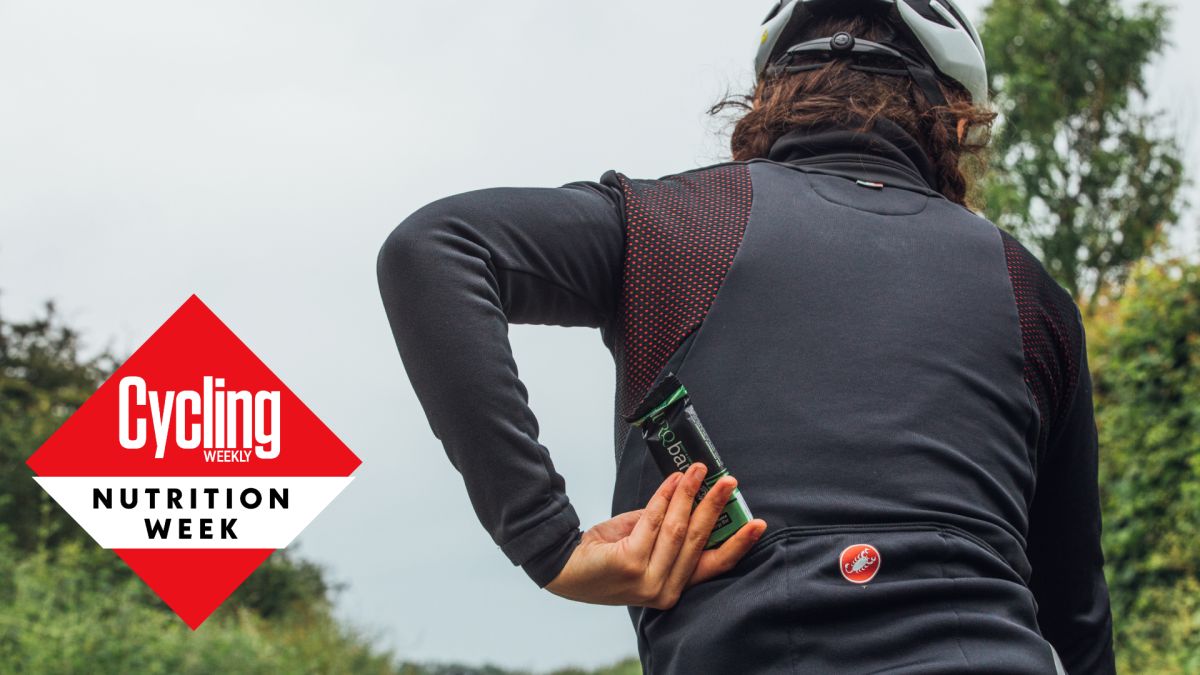
Ask a biking coach_ ‘How a lot ought to I count on to eat on a 100-mile ride_’
Get The Leadout E-newsletter The newest race content material, interviews, options, opinions and knowledgeable shopping for guides, direct to your inbox! Title: Your E mail Tackle Contact me with information and provides from different Future manufacturers Thanks for signing as much as The Decide. You’ll obtain a verification electronic mail shortly. There was an issue. Please refresh the web page and take a look at once more. By submitting your info you comply with the Phrases & Situations and Privateness Coverage and are aged 16 or over.
Whether or not your going in your first 100-mile bike experience or seeking to improve your common velocity over 100 miles, what gasoline you set in your pockets and bottles is essential in serving to you obtain your biking purpose.
These days there’s a myriad of decisions relating to biking diet and a complete host of excellent, and unhealthy, recommendation about fuelling on the bike – biking coach James Spragg digs into what the science (quite than the advertising) suggests you need to do.
James Spragg Sports activities scientist and coach James Spragg is likely one of the specialists who shall be answering your questions in Biking Weekly’s ASK A CYCLING COACH collection which comes out each Wednesday. Working each in analysis and utilized settings, he at present runs Intercept Efficiency Consultancy.
What do I must eat?
Carbohydrates are king relating to gasoline on the bike. Even the leanest skilled athlete can have sufficient fats to gasoline days of using not to mention hours.
We have to tackle carbs when using as a result of we solely have restricted shops of carbohydrates in our physique (we primarily retailer carbohydrates as glycogen) and we’d like carbohydrates for these greater intensities the place fats metabolism isn’t able to offering power rapidly sufficient.
Nevertheless, not all carbohydrates are equal.
The purpose when selecting which carbohydrates to eat is two-fold – firstly to maximise how simply you may get them out of the abdomen and to your leg muscle tissue and secondly to verify they don’t upset your abdomen.
For this function, the carbohydrate or sugar to go for is glucose (you may see it listed as maltodextrin on some merchandise). Glucose is definitely absorbed and transported from the abdomen to the bloodstream the place it may be transported across the physique to the place it’s wanted.
The issue with glucose is that absorption is proscribed. It’s not attainable on your abdomen to move greater than 60g of glucose per hour into the bloodstream. Eat any greater than this and it’ll simply sit in your abdomen.
For this reason these days in lots of merchandise you can find glucose being mixed with different sugars. When glucose is mixed with fructose (in a 1:0.8 ratio) we get a mix of carbohydrates that enables us to move as much as ~120g/hr from the abdomen to the bloodstream. It’s because glucose and fructose use completely different pathways to get out from the abdomen.
Nevertheless, the draw back is that fructose, particularly in greater portions, can fairly simply upset your abdomen – nobody needs that!
So now we all know a mix of glucose and fructose is what we’d like – the following query is…
How a lot and in what type?
(Picture credit score: Future)
For many beginner riders 60g/hr of glucose is an effective goal to have. We don’t sometimes say that heavier riders ought to eat greater than lighter riders (regardless that they are going to be burning extra power) as a result of it’s how a lot we are able to get out of the abdomen and into the bloodstream that’s the limiting issue.
This 60 g/hr ought to come from a mixture of power drinks and stable meals.
Nevertheless, a century may take anyplace between 4.5 and eight hrs.
On the shorter finish of that spectrum, you might be doubtless going to have fairly a little bit of time the place you’re going pretty exhausting. This implies that you’re going to be burning numerous glycogen and that may want changing for those who’re to not hit the wall. Which means it’s possible you’ll need to improve your carbohydrate consumption above that 60g/hr and introduce some fructose.
The good thing about that is that you should have extra power on board, the draw back is that you simply begin to run the danger of upsetting your abdomen. Subsequently, it is best to stay to simply digestible meals (specialist power bars and power gels) and even take numerous these carbohydrates in by way of power drink.
On the longer finish of this spectrum, it is doubtless that the typical depth shall be a bit decrease. Subsequently, you don’t must go above that 60g/hr goal. Alternatively, as a result of you can be out in your bike for a very long time hinger may develop into a problem and it may be a good suggestion to take onboard extra ‘actual meals’ quite than particular power merchandise. Should you’re seeking to make your individual power bars, take a look at these recipes.
Sensible concerns
That’s the science half, nevertheless, there are a couple of sensible concerns.
Firstly, it’s essential to just like the food and drinks you are taking with you. It is pointless having an ideal fuelling plan for those who hate the style of the meals in your pockets as you merely gained’t eat it!
Secondly, you need to at all times strive no matter you intend to make use of on race day in coaching. Nevertheless tempting, by no means strive a brand new producton occasion day! Trial your fueling plan in coaching, see what number of carbohydrates per hour you’ll be able to tolerate after which put that into apply on century day!